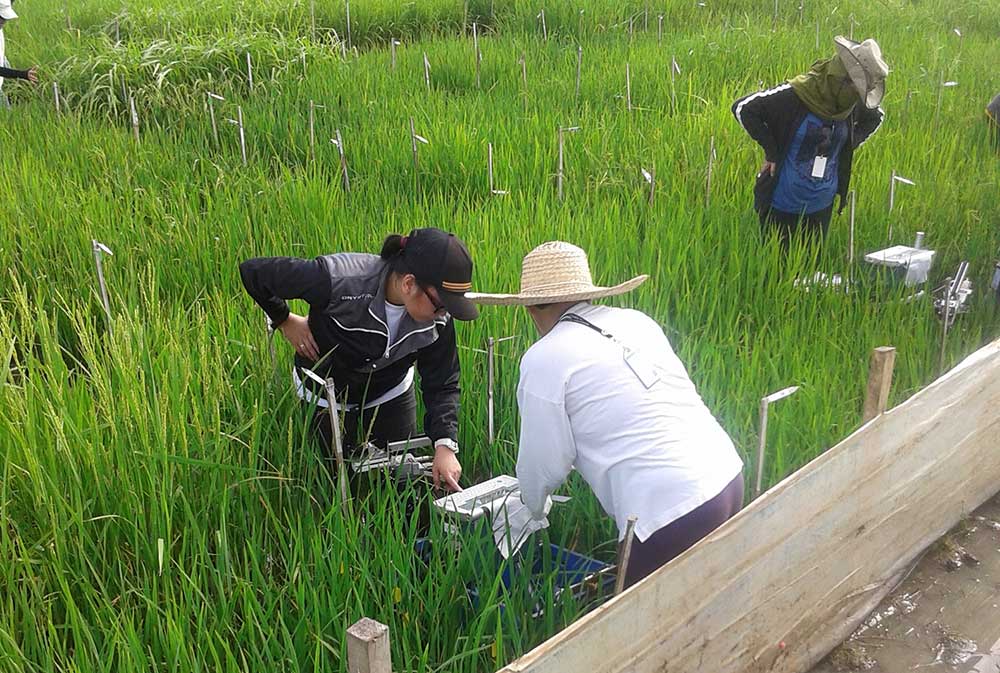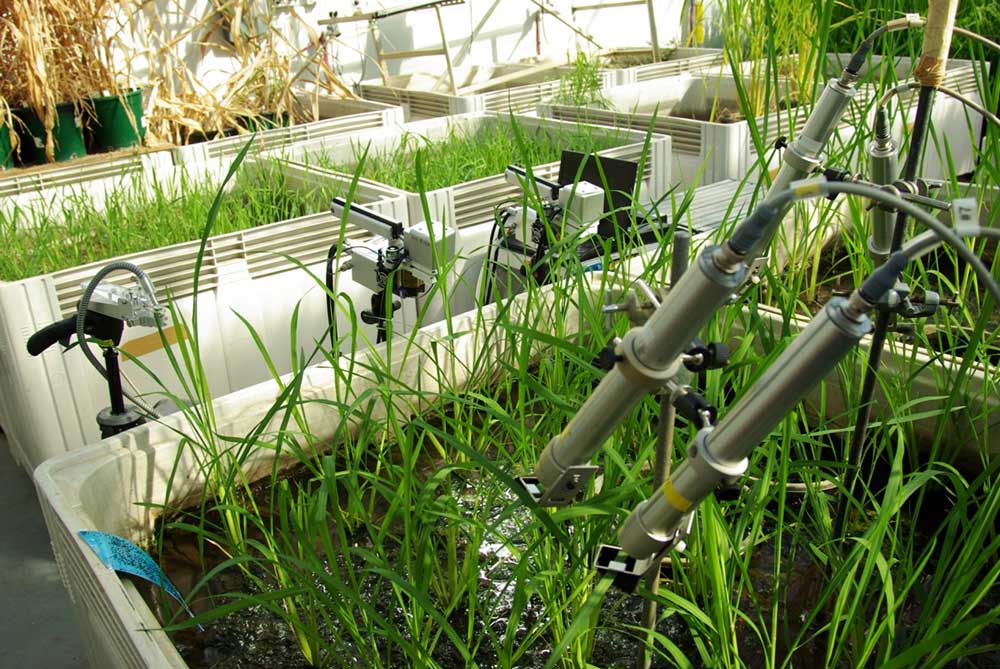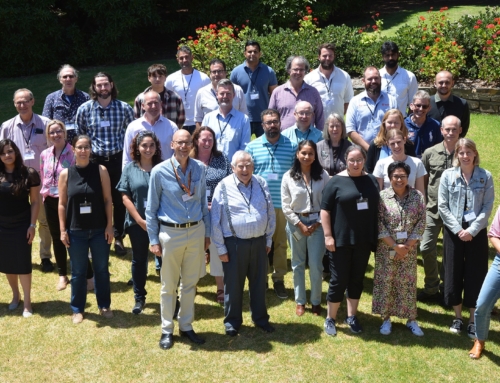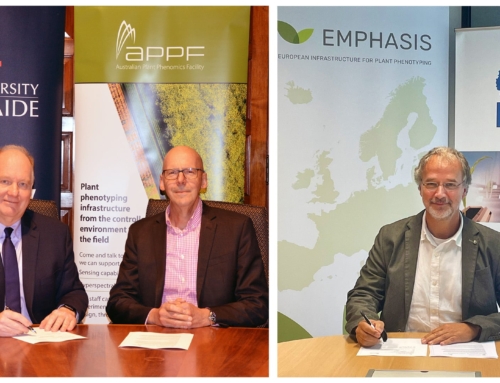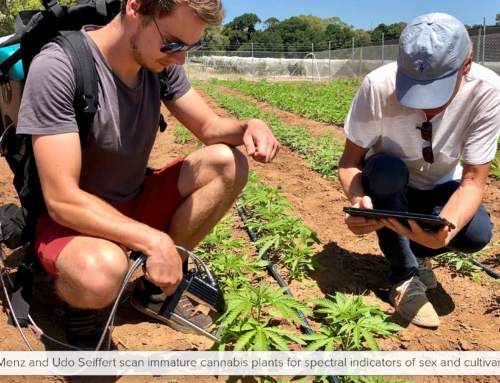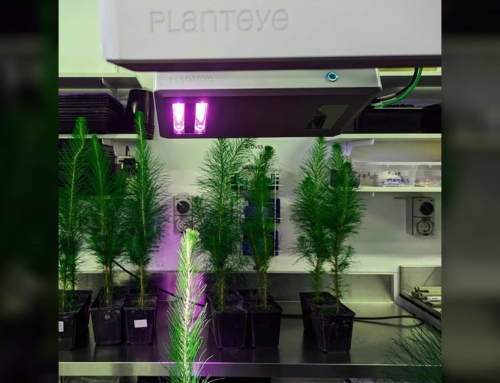With a rapidly growing population, improving the yield of global food staples such as rice has become an urgent focus for plant scientists.
In a recent study published on Plant Physiology, scientists have discovered they can improve rice productivity by selecting rice varieties that are better at capturing sunlight to produce grains instead of reflecting it as heat.
The team, which included Dr Xavier Sirault from the Australian Plant Phenomics Facility’s High Resolution Plant Phenomics Centre (Canberra node), focused on rice’s natural diversity by using traditional breeding techniques to select cultivated varieties – or cultivars – that are better at converting sunlight into food.
“We studied hundreds of plants from five rice cultivars and found that there is variation between these varieties in relation to the quantity of light they use for growth or dissipate as heat. Some of them are capable of converting more sunlight into chemical energy, producing greater leaf area over time,” said lead researcher, Dr Katherine Meacham.
When leaves intercept sunlight, this sunlight is either; 1) absorbed by the leaf and converted via the process of photosynthesis into the plants own components; leaves, grains, roots, etc. 2) dissipated as heat as an strategy to protect the proteins of the plant from sun damage (photo-protection) or, 3) re-emitted as fluorescent light. In this study, the researchers measured fluorescence to infer the quantity of energy that is either converted into food or dissipated as heat.
“Recently scientists in the US found that they can produce transgenic plants that are better at catching sunlight without getting sun damage. Our work shows that this is also achievable by taking advantage of the natural variation of rice plants,” says Professor Robert Furbank, Director of the ARC Centre of Excellence for Translational Photosynthesis and one of the authors of this study.
“What is new about our research is that scientists had previously thought there was not much variation in how efficiently leaves could absorb and use light, and the reason for this is that they were not considering the full picture and measuring the plants throughout the entire day under natural illumination. We revealed that there are considerable differences between the five rice cultivars under moderate light and that means that there is room for selecting the most efficient plants,” said Professor Furbank.
“We found that there is room for improvement in some cultivars that can result in more photosynthesis without risking the plant’s protection strategies against sunlight damage.
The scientists measured fluorescence by clipping light receptors on leaves throughout a whole day to get a full picture of how the plant uses sunlight.
Traditional breeding for photosynthetic traits has not been a common strategy in any major cereal crop, in part due to the difficulty in measuring photosynthesis in thousands of plants. However, rapid screening tools are now available to study the interaction between the genes and the way they interact with the environment.
“Using unique facilities at the Australian Plant Phenomics Facility’s High Resolution Plant Phenomics Centre we were able to follow chlorophyll fluorescence in rice canopies throughout the entire day under natural illumination. This gave us completely different results when compared to the usual 30 min measurement of leaf level light use efficiency. By combining this with digital biomass analysis using PlantScan*, we could link light use efficiency with growth, revealing genetic variation in rice varieties not previously detected,” said Professor Furbank.
“Our next step is to find varieties with superior photo-protection. We can directly use these for breeding and find the genes responsible. We have the capacity to screen many thousands of rice varieties for which we have gene sequence through the International Rice Research Institute,” said Dr Meacham.
*See PlantScan under ‘Phenotyping for growth chambers and rooms’.
